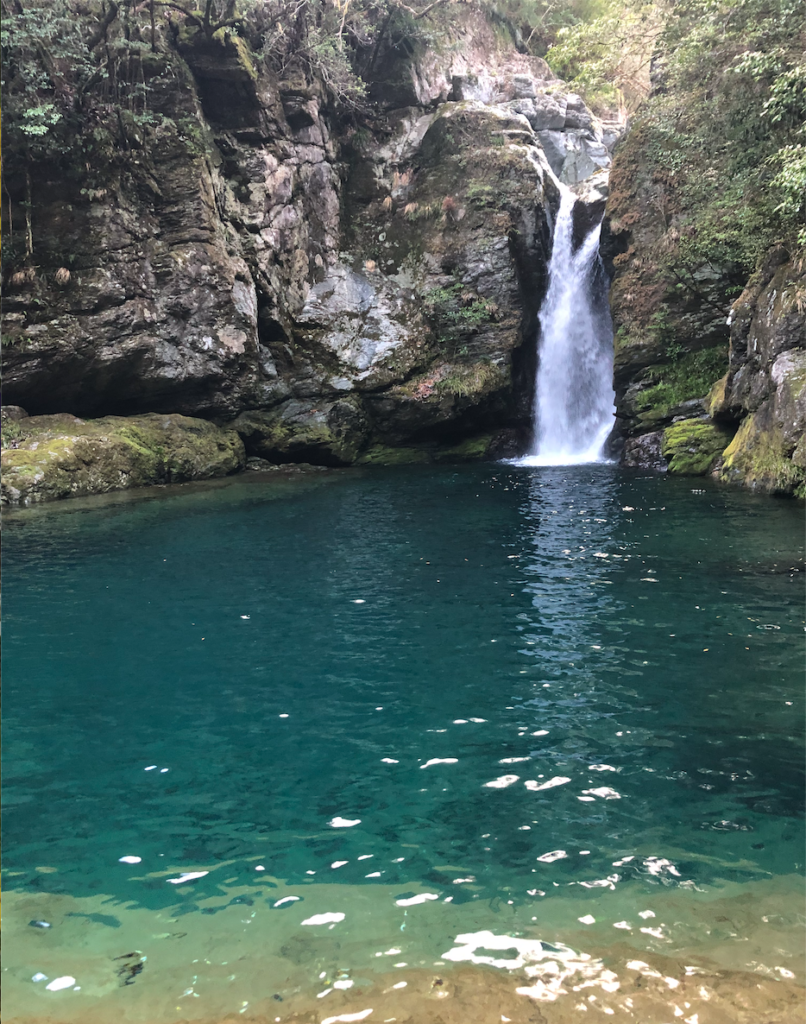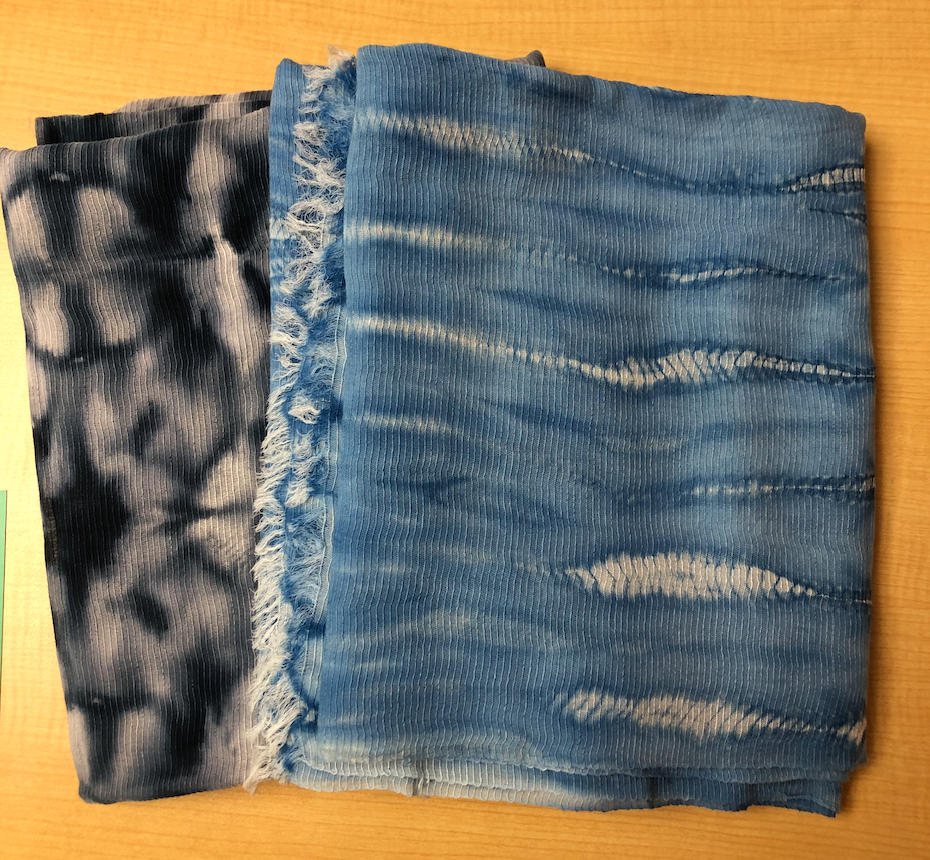Washi (Japanese Paper)
Update: 2024.09.24
What comes to mind when you think of WASHI paper?
Through our collaboration with Sansai Co., Ltd., (https://www.sansai-co.jp) my perception of washi as a delicate paper with beautiful patterns used for shoji screens and origami expanded. I learned about its many other uses and the rich history behind it.
When I heard Sansai’s washi is produced using water from the Niyodo River – ranks first in Japan for water purity, I was impressed. But it wasn’t until I visited Sansai in Tosa City that I realized Kochi Prefecture is a significant production area for washi – a surprising discovery!

The tradition of making washi using the Niyodo River spans over 1,000 years, and there’s a fascinating story behind the local washi industry. It’s believed that Kino Tsurayuki, one of the authors featured in the “Hyakunin Isshu” anthology of100 Japanese poems and famous for writing the “Tosa Diary,” encouraged paper-making in this area during his time as a local governor. He recognized that the clean water of the Niyodo River and the abundance of kozo (paper mulberry) trees along its banks made it an ideal location for washi production.
Since its founding in 2012, Sansai Co., Ltd. has been committed to preserving this wash-making tradition. They’ve expanded the possibilities of washi, produced by their parent company Sanwa Paper Co., to include everything from everyday items like kitchen paper to beauty products like facial wipes and even fashion accessories such as scarves woven from washi threads mixed with other fibers.

Their kitchen paper, introduced in Singapore, gained attention for its exceptional strength and new potential applications, such as wiping delicate items like wine glasses.
However, it’s the PowerCross face towel that truly deserves special mention.
Traditional towels can harbor bacteria, and facial tissues are often made from petroleum-based materials – both of which aren’t ideal for skincare. PowerCross solves these issues.
Although it’s designed for single-use to prevent bacterial growth, it remains intact and clean after use, making it feel wasteful to throw away. I started using them to wipe down the sink after drying my face, and eventually, I found myself cleaning different areas of the house with them everyday – leaving both my place and my mood refreshed!
With hot and humid weather upon us in Japan, I’ve discovered another use.
When I don’t have time for a shower after a long day, I use the PowerCross to quickly freshen up by wiping away sweat. It was even mentioned in recent news that using a damp towel to wipe down your body can help prevent heatstroke. And when I’m done, I use it for a quick wipe-down around the house, leaving everything feeling fresh and clean!
At just $15 per box with 60 sheets, do you think it’s too expensive for such a versatile product?
